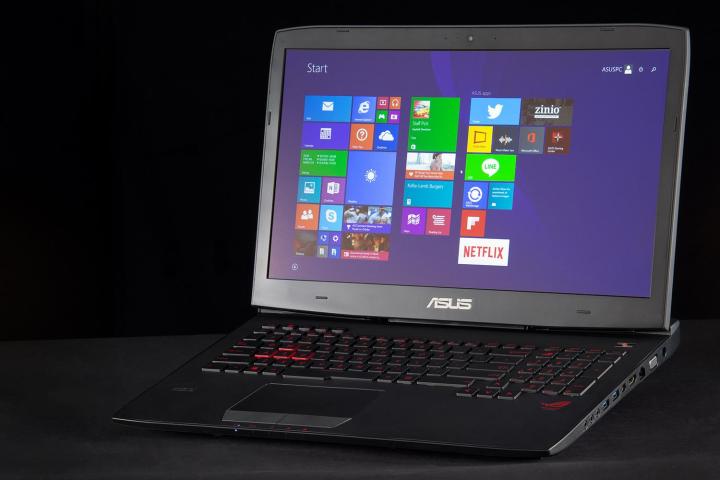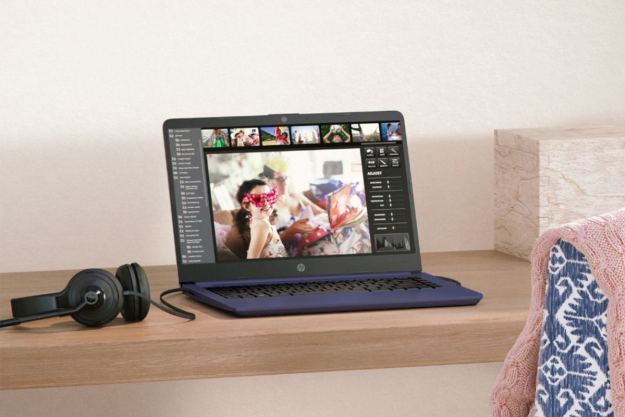
Sounds like a minor performance bump, but in reality, the list of improvements is quite hefty. And hands down the most headline-grabbing is newly added 8K resolution support. Yup, that’s 8K, as in 7,680 x 4,320 pixels (perhaps 7.6K would be more accurate, but it just doesn’t roll off the tongue, you know?) This is made possible by the standard’s incredible bandwidth of 8.1 gigabits per second per lane which, with up to four lanes, translates to a theoretical maximum of 32.4Gbps.
Samsung recently brought to light a 110-inch LCD TV beast with that exact outlandish pix count, and at one point, LG was rumored to be working on an 8K desktop display. But eDP actually has nothing to do with monitors and TVs, instead facilitating smooth internal video data transfers from graphics cards to notebook panels, for instance. Or tablets.
As hard as it is to believe, 8K laptops and tablets could be right around the corner. They’re not, most likely, given 4K notebooks are still chiefly sold as extravagant variations of Full HD gear. And slates with resolutions beyond the 1,080p mark are utter anomalies. But in theory, if some eccentric device manufacturer would want to test the 8K waters, it’d be able to do so.
Thanks to Embedded DisplayPort 1.4a, running 4K content with 120Hz refresh rates on 17, 15 or 12-inch screens will also be possible in the near future. That could be a boon for gaming fanatics. While mobile 4K gaming is tough right now because of the limitations of mobile GPUs, the hardware will catch up, and gamers will want UltraHD panels that support extremely high refresh rates.
Gamers will enjoy support for Adaptive Sync, as well. This is the technology AMD uses for its FreeSync feature which, like Nvidia’s G-Sync, ties video card rendering and panel refresh rate together for super-smooth gameplay. However, Adaptive Sync remains an optional part of the standard, so it’ll likely appear only in gaming systems.
While the standard has now been approved, it’s not ready for immediate rollout. It takes time for hardware makers to design and build components that use a new display standard, so you shouldn’t expect to see eDP 1.4a in devices until 2016 at the earliest.
Editors' Recommendations
- Asus’ 4K, 32-inch mini-LED gaming monitor might hit the perfect sweet spot
- With DisplayPort 2.1, longer cables won’t reduce throughput


